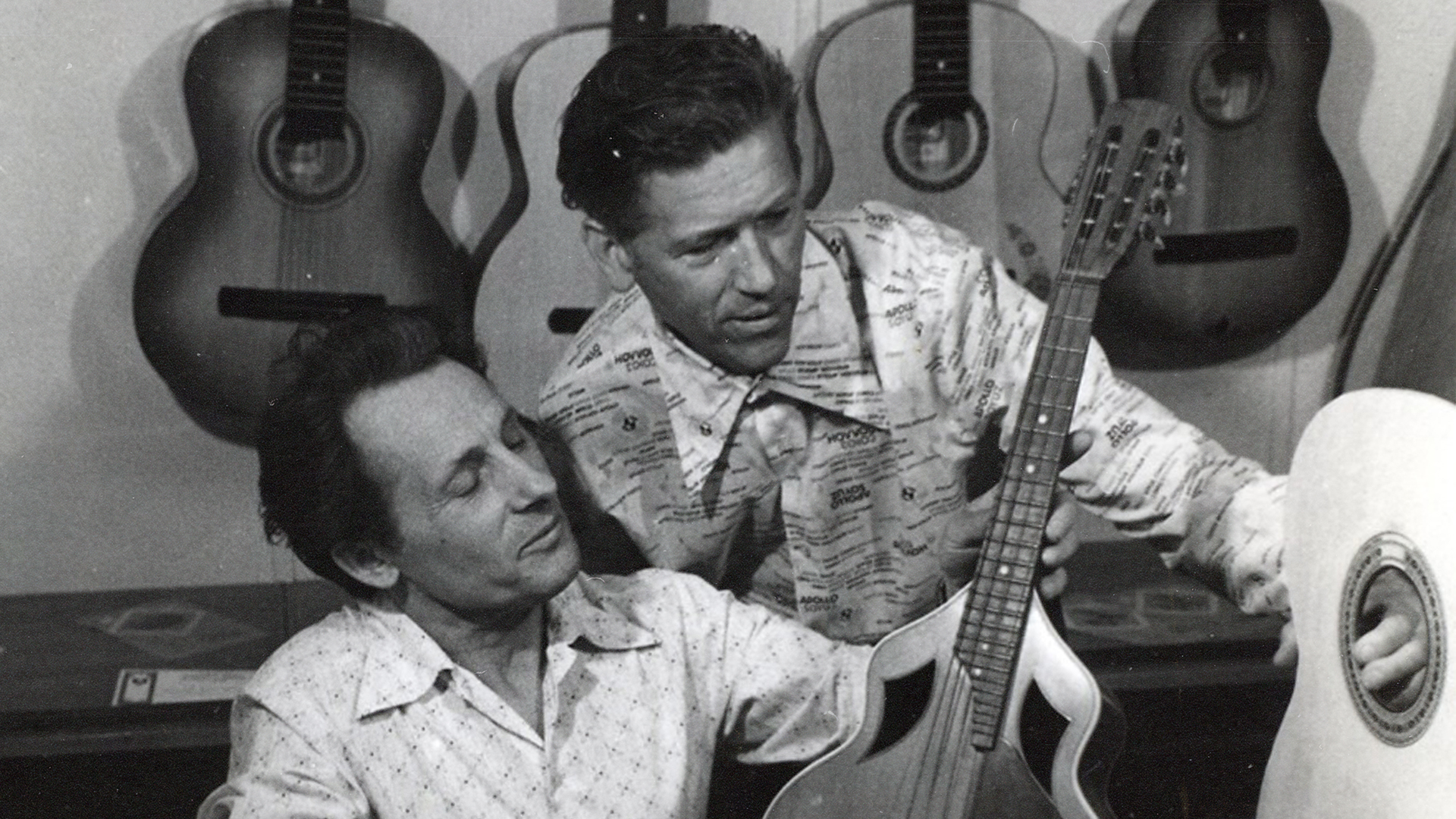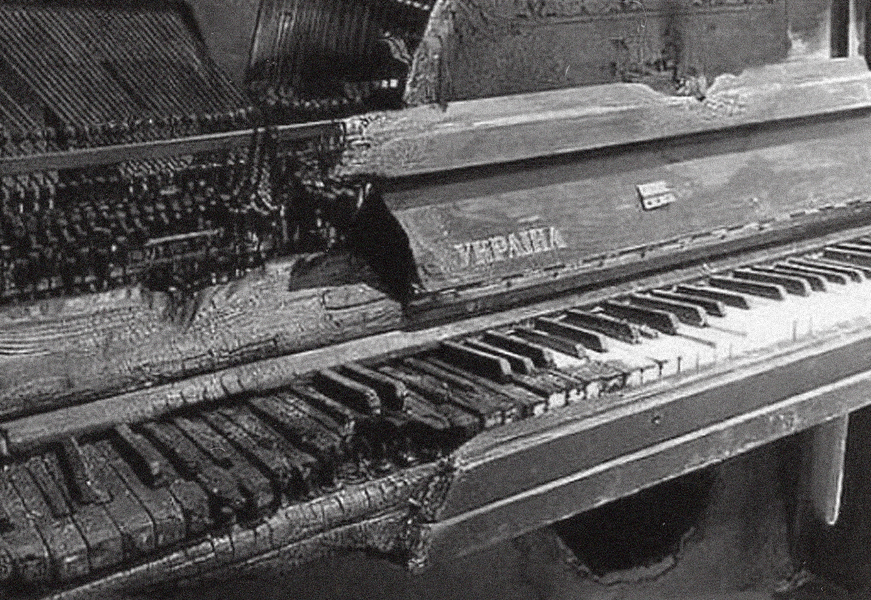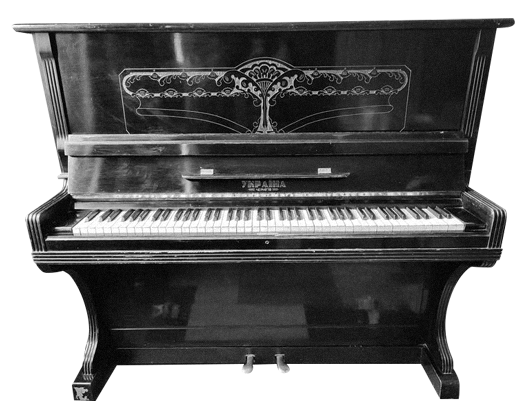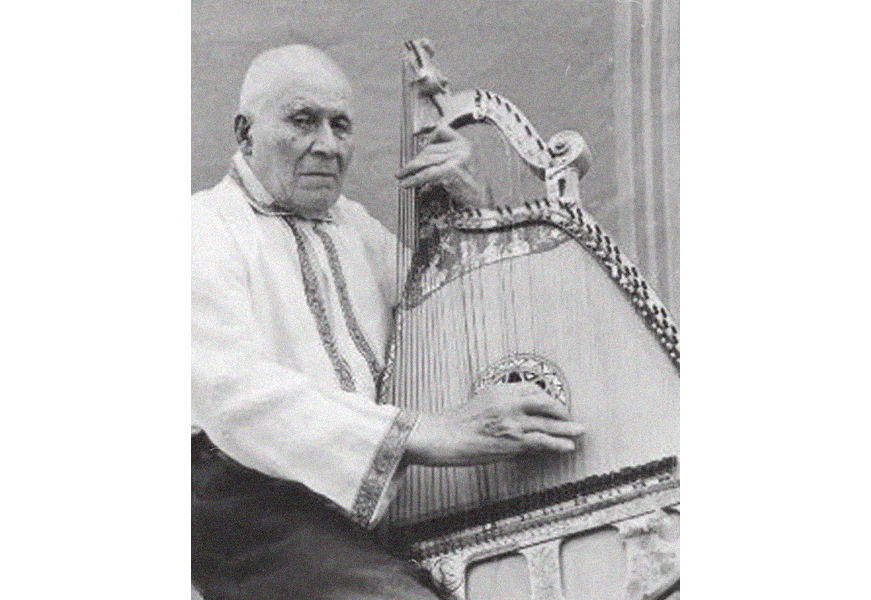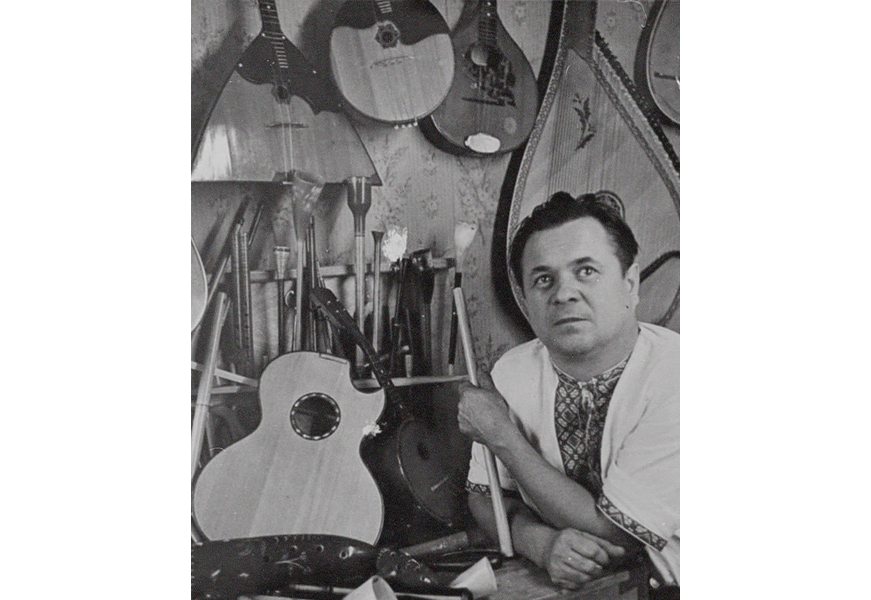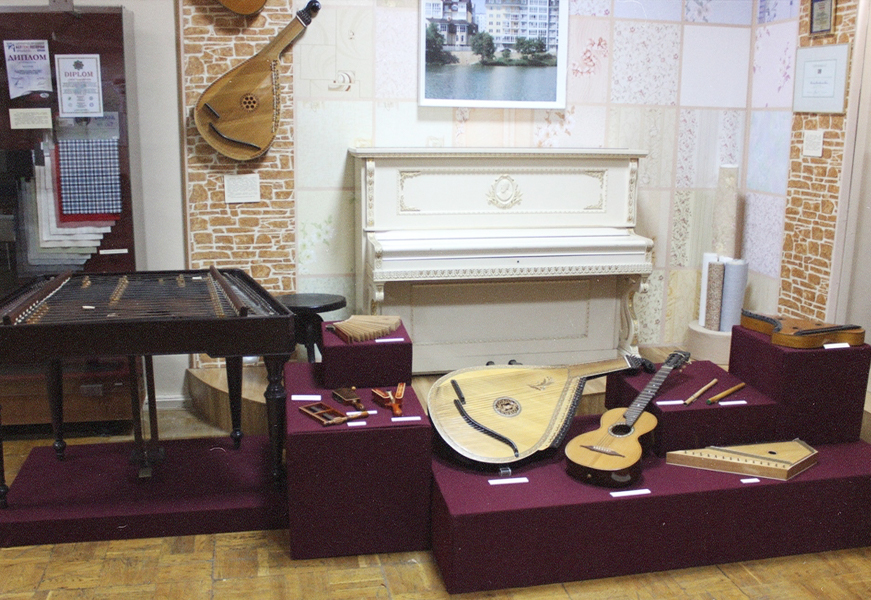The first years of operation and World War II
The musical instrument factory became the first industrial facility in Chernihiv. The idea to build it came up in the first years of Soviet power establishment, when there should have been at least one industrial production in every regional centre. As the location of Chernihiv didn’t allow for the foundation of a heavy industry facility, the authorities focused on the large forests surrounding the city that could ensure the production from wood. Then it was decided to establish the biggest musical instrument factory in the USSR.
The construction started in 1933. By the end of the year, the main production building was built, and the training workshop was organized, in which the craftsmen from all over the Soviet Union were equipping the working-class youth with the subtleties of the production of string instruments — mandolins, guitars, balalaikas. The first ones appeared in the local store in 1934, at that very time the production was put on flow.
In 1941, the factory became not only the biggest enterprise in Chernihiv but also the biggest musical instrument production in Europe — daily 1000 workers produced 1500 instruments and brought 2 million karbovanets in revenue a year. But with the outbreak of World War II, the production capacities stopped, and the locals brought all the production from stores to their houses. When Chernihiv was invaded by German occupants, in the forsaken factory they produced ammo boxes for shells and coffins for their soldiers.



